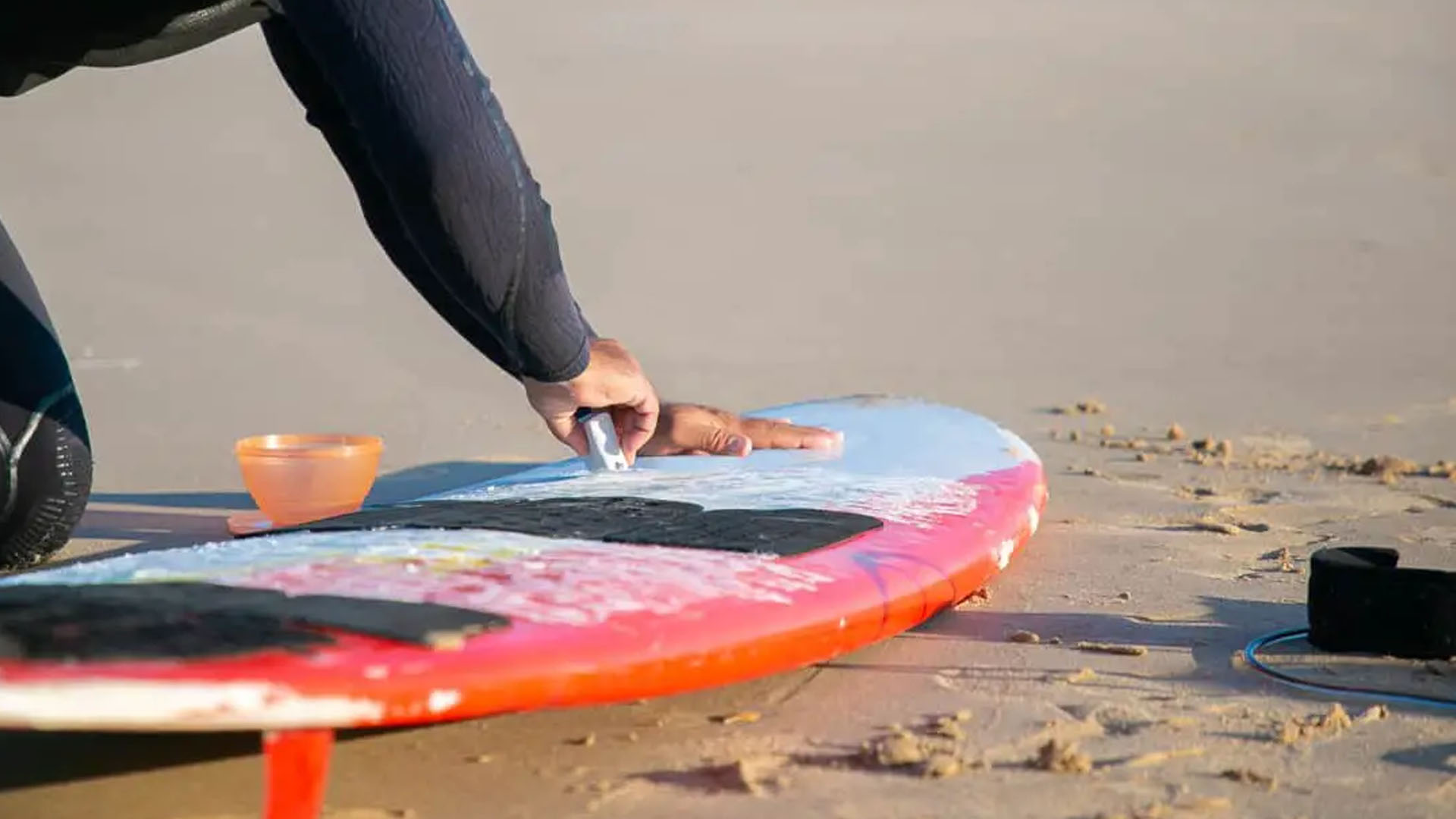
Home » Wax Surfboard: A Comprehensive Guide to Waxing Your Surfboard
Wax Surfboard: A Comprehensive Guide to Waxing Your Surfboard
Wax Surfboard – Surfing is a sport that thrives on the connection between the surfer, the board, and the waves. To maintain this connection and ensure a thrilling ride, it’s essential to wax your surfboard correctly. Surfboard wax isn’t just about providing grip; it’s about fine-tuning your board’s performance to match the wave conditions. In this comprehensive guide, we’ll delve into the world of waxing, exploring different wax types, techniques, and insider tips to help you catch those perfect waves.
Table of Contents
The Importance of Surfboard Wax
Surfboard wax is your ticket to staying securely planted on your board while riding the waves. It’s designed to create friction between your body and the board, preventing slips and providing control. Beyond grip, wax also influences your surfboard’s maneuverability and speed, making it a vital component of your surfing arsenal.
Types of Surfboard Wax
Not all wax is created equal. Various types cater to different water temperatures and surfing conditions. Understanding these variations is key to optimizing your board’s performance:
1. Warm Water Wax: Ideal for Tropical Waves
Warm water wax is formulated for temperatures above 68°F (20°C). It provides excellent grip in tropical conditions and won’t melt off your board in the scorching sun.
2. Cool Water Wax: The Go-To Choice for Most Surfers
Cool water wax is suitable for temperatures between 58-68°F (14-20°C). It’s versatile and effective in a wide range of surf spots, making it a popular choice for many surfers.
3. Cold Water Wax: Embrace the Chill
Cold water wax is designed for temperatures below 58°F (14°C). It’s stickier and more resilient in colder conditions, ensuring you stay firmly planted even when the water’s frigid.
How to Wax Your Surfboard
Proper waxing ensures optimal grip and performance. Follow these steps for a well-waxed surfboard:
- Clean the Board: Start with a clean board. Remove any old wax using a wax comb, ensuring a smooth surface.
- Base Coat: Apply a thin layer of base coat wax, especially if you’re waxing a new board. This layer provides a foundation for the topcoat.
- Top Coat: Apply the topcoat wax using diagonal or circular motions. Press firmly to embed the wax into the board.
- Add Texture: Use a wax comb or the edge of a credit card to create texture on the waxed surface. This enhances grip.
Tips for Effective Waxing
Waxing your surfboard isn’t just about the basics; it’s also about finesse. Here are some tips to elevate your waxing game:
- Know Your Wax: Choose the right wax for the water temperature. Using the wrong wax can lead to performance issues.
- Regular Maintenance: Reapply wax as needed. How often depends on factors like water temperature and frequency of use.
- Remove Old Wax: Don’t skip the step of removing old wax. A clean surface ensures better adhesion.
- Grip Enhancement: Experiment with different wax patterns to enhance grip in specific areas, such as the tail or where you place your feet.
- Environmental Considerations: Opt for eco-friendly waxes to minimize your impact on the ocean.
Conclusion
Waxing your surfboard is a fundamental skill that every surfer should master. It’s not just about grip; it’s about connecting with your board and the waves. By choosing the right wax, applying it correctly, and maintaining your board’s waxed surface, you’ll be well-equipped to ride the waves with confidence and style. So, grab your board, some quality wax, and hit the surf with a perfectly waxed ride.



